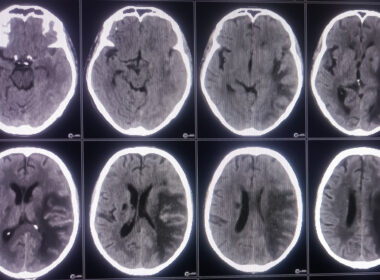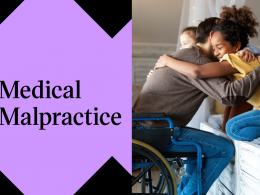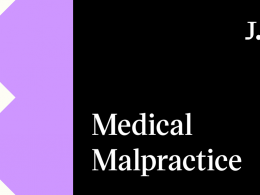Once a child has to undergo any type of surgery or procedure, they are at risk of experiencing malpractice related to the administration of anesthesia. As a parent, this can be a terrifying thought.
What is Anesthesia?
Anesthesia is used prior to surgeries or other medical procedures in order to prevent the patient from experiencing pain during the procedure. Depending on the type of anesthesia, a local area remains numb while the patient remains awake or the patient is rendered unconscious in order to perform the procedure.
The use of anesthesia has various side effects such as: nausea, vomiting, sore throat, confusion regarding consciousness, muscle aches, itching, and chills or shivering.
Anesthesia is very useful in medical care; however, it requires an exactness in order to minimize error and harm to the patient.
Errors in the administration of anesthesia can cause serious harm in pediatric procedures.
Types of Anesthesia
Local Anesthesia
During local anesthesia, the doctor only numbs a small area of the body and the patient is still conscious and alert throughout the procedure. This type of anesthesia is typically applied directly to the area where the procedure will be performed as a cream, spray, or an injection.
Regional Anesthesia
Regional anesthesia is administered by injecting numbing medication to specific sites on the body that will numb a region of the patient’s body, such as a leg, an arm, or one’s back. This type of anesthesia causes more risks than local anesthesia such as nerve damage.
General Anesthesia
General anesthesia is most common and provides the most risk of all three types. General anesthesia renders a patient unconscious, unable to feel any pain, and temporarily paralyzed throughout the duration of the procedure. This type of anesthesia is administered through a mask or IV.
General anesthesia risk in children younger than 3 years old
In April 2017, the US Food and Drug Administration (“FDA”) issued a “warning that repeated or lengthy use of general anesthetic and sedation drugs during surgeries or procedures in children younger than 3 years or in pregnant women during their third trimester may affect the development of children’s brain.” The warning advises health care professionals and consumers that surgeries requiring general anesthesia should be performed if only medically necessary and should not last longer than 3 hours.
Ultimately, it is the doctor’s decision to weigh the risks, and they must ensure that parents are informed of the risks and able to make an educated decision.
Common Medical Mistakes with Anesthesia
There are various factors that must be considered before a patient is administered anesthesia including which medicines the patient is currently taking, their height and weight, and their medical history. Some of the most frequently made anesthesia errors are:
- Administering the wrong anesthetic
- Administering too little or too much anesthesia
- Failure to check for harmful drug interactions
- Delayed administration of the anesthetics
- Failure to check for allergic reactions
- Failure to monitor the patient while under anesthesia
- Using faulty or inadequately maintained medical devices
Complications Related to Anesthesia Errors
Despite how careful a medical professional can be, there is still potential for error and any of the errors mentioned above or other errors can cause serious injury or death, such as:
- Damage to heart, brain, or other organs
- Inadequate supply of oxygen
- Abnormal pulse or heart arrhythmia
- Spinal cord injury
- Seizures
- Post-traumatic stress disorder
- Cerebral palsy in children born to mothers who had anesthesia administered during labor
If you believe your child suffered injury or death due to a medical professional’s please contact us in order to learn your options for compensation.












